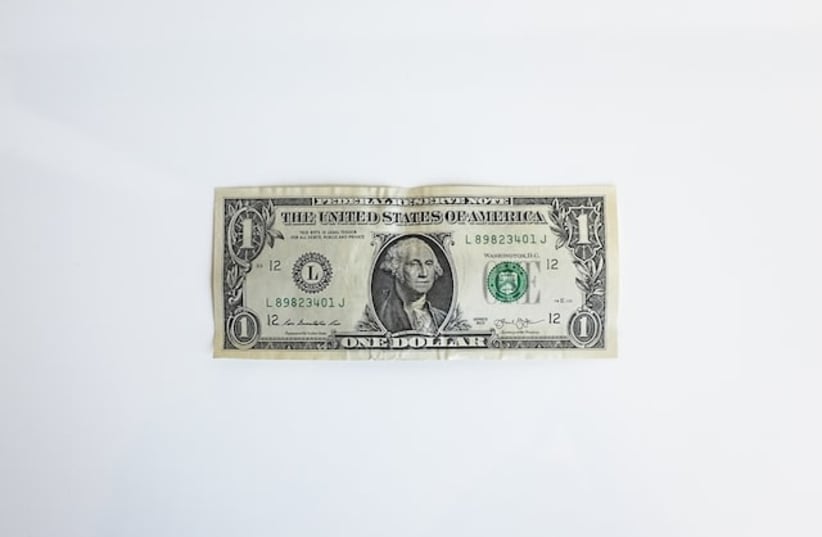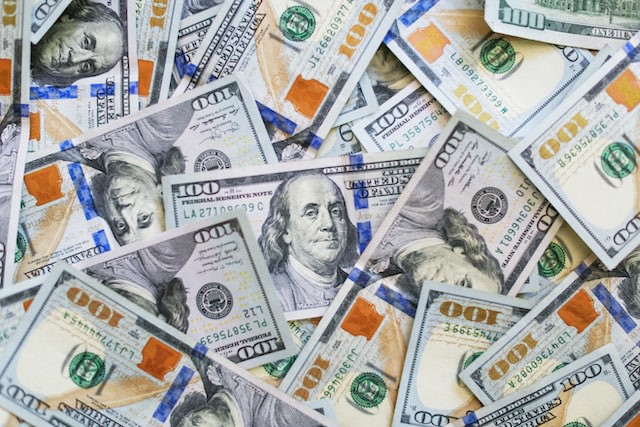The United States dollar, sometimes known as the "greenback," is the most commonly traded currency in the world and the primary reserve currency utilized by most central banks. The US dollar (USD) has been under significant pressure recently, and market participants are paying close attention to occurrences in the foreign currency market. This study will provide an in-depth examination of the factors influencing the USD's current status and its forecast for the future.
Foreign investment inflows and outflows
Foreign investment in a country's economy may also impact currency value. When investors have an optimistic perspective on a country's economic future, they may increase their investment there. This may increase demand for the country's currency, thereby increasing its value. When investors are hesitant or pessimistic about a country's economic prospects, they may limit the amount of money they invest there, putting significant pressure on the country's currency. Forex flows into the United States are now uneven, with some investors expressing concerns about the American economy's long-term prospects.
Indicators of the economy
The state of the US economy is often recognized as one of the most significant variables determining the value of the dollar. When favorable economic indicators persist, such as low unemployment, steady inflation, and continuous growth, the value of a currency is generally boosted. When economic indicators are inadequate, however, there is a tendency for currency pressure to be applied. There are signs that the US economy is growing, yet several challenges remain. The Federal Reserve has indicated that the pace of growth may decelerate in the coming months, and inflation remains a concern since prices are rising faster than expected. Due to the challenges described below, the US dollar is under growing pressure.
The interest rates at issue:
Another key factor that influences the value of a currency is the central bank's monetary policy. The Federal Reserve is in charge of setting interest rates, which might affect the demand for US money. Suppose the Federal Reserve chooses to raise interest rates. In that case, the United States dollar (USD) will become a more attractive asset for investors to own because they will be able to receive higher returns on their investments. If, on the other hand, the Federal Reserve chooses to lower interest rates, the USD's value may be put under pressure. The Federal Reserve has said that it expects to keep interest rates historically low for an extended period, putting downward pressure on the value of the USD.
International political system tensions
Furthermore, geopolitical issues have the potential to have a significant impact on the currency exchange market. Rising tensions between the United States and other countries, trade disputes, and political instability may aggravate market uncertainty and volatility. This may increase demand for safe-haven currencies such as the Japanese yen or the Swiss franc, putting pressure on the US dollar.
The situation's technical analysis
In addition to the fundamental aspects discussed in this article, technical analysis is an important tool for understanding the direction the USD will follow. The goal of technical analysis is to find patterns in price and volume data and make informed projections about where prices are likely to move in the future. Technical indicators indicate that the US dollar is now in a downward trend and is expected to continue in the short term.
Observations on the prospects for the future
The outlook for the USD remains to be determined owing to the existence of a number of factors that are contributing to the pressure that is presently being applied to it. There are signs that the US economy is growing. Still, inflation remains a concern, and the Federal Reserve has declared that it expects to keep interest rates at historically low levels for an extended period. Several variables, including geopolitical worries and a patchwork of diverse foreign investment, exacerbate market uncertainty. Based on the most recent technical indicators, the USD may continue to lose value over the next few months, but its long-term prospects are still unknown.
Conclusion
The United States dollar (USD) is now under strong selling pressure as a consequence of the combined impact of a number of various sources. Despite signs of economic improvement in the United States, inflation remains a concern, and the Federal Reserve's monetary policy continues to put downward pressure on the dollar's value. Because of geopolitical worries and a patchwork of diverse sorts of foreign investment, the market is becoming more volatile. However, the USD's longer-term prospects depend on the results of the currency's various economic and geopolitical considerations. Technical signs indicate that the USD may fall in the near term, but its long-term prospects depend on the result of these variables.
Finally, the value of a currency is determined by the complex interplay of several factors, including economic, political, and market situations. Even if it is difficult to predict the USD's future direction, market participants will undoubtedly continue to keep a close watch on the currency to have a better grasp of the prospects that lie ahead for it. As an investor or trader in the foreign exchange market, it is essential to know what is going on in the market right now and to mentally prepare for the highs and lows that could be caused by currency movements.
This article was written in cooperation with Maple link building


